Edible science experiments are a sweet blend of learning and indulgence, perfect for curious young minds with a hearty appetite for knowledge.
Science is all about exploring, questioning, and discovering how things work. What better way to engage young minds in scientific inquiry than through fun science experiments?
These hands-on activities allow children to learn through active participation. From chemistry to physics, science becomes tasty treats with these edible science projects. Let’s explore!
DIY Ice Cream
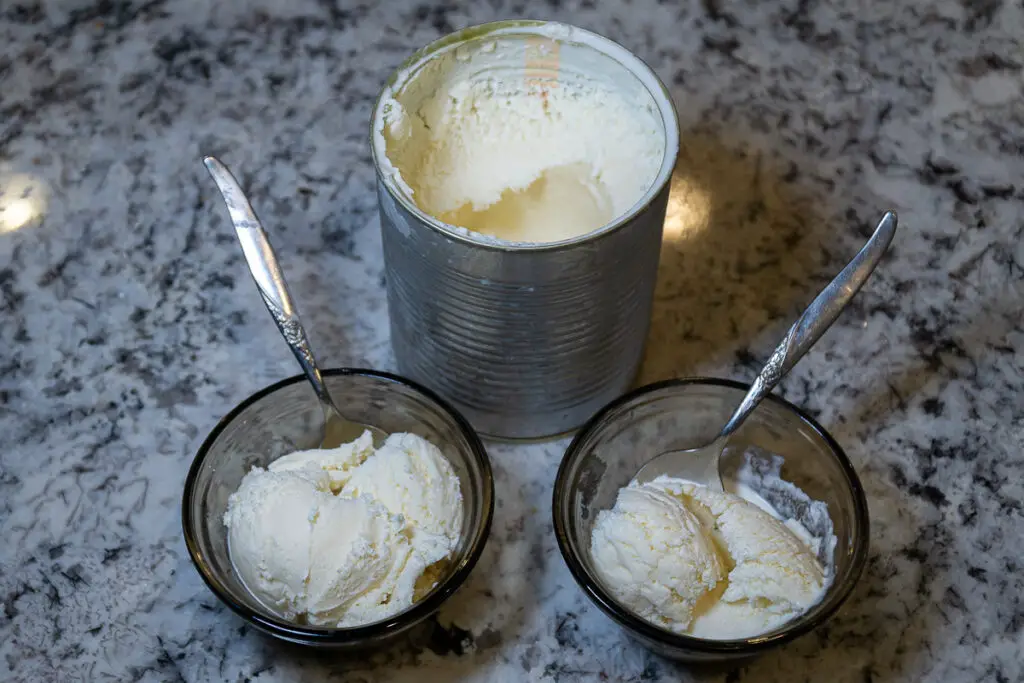
Chill out with science as we turn everyday ingredients into a creamy delight. Discover the cool secrets behind making your own ice cream at home – it’s a sweet experiment your taste buds will thank you for!
The best part is that you don’t need a fancy ice cream maker – you can make ice cream in cans or ice cream in plastic bags.
Science Concept: Freezing Point Depression and Emulsions
- When you mix ingredients like cream, sugar, and flavorings and then freeze them, you’re exploring how adding salt to ice lowers its freezing point, allowing the cream mixture to freeze without becoming solid ice. Emulsifiers in the cream help stabilize the mixture, creating a smooth texture.
Making Butter
Shake up some science! Learn how to transform heavy cream into butter with a few simple ingredients and a bit of muscle power. It’s an edible experiment that’s both fun and delicious.
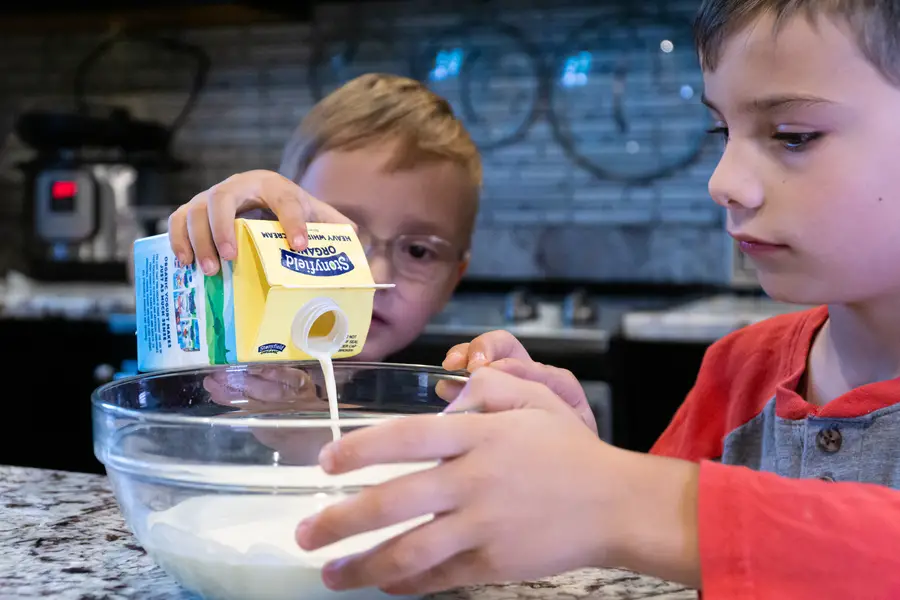
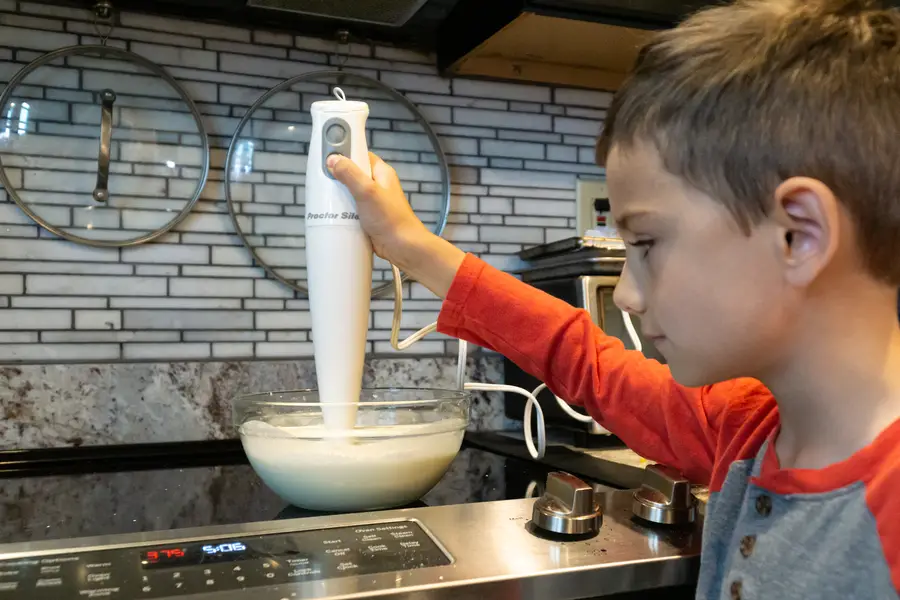
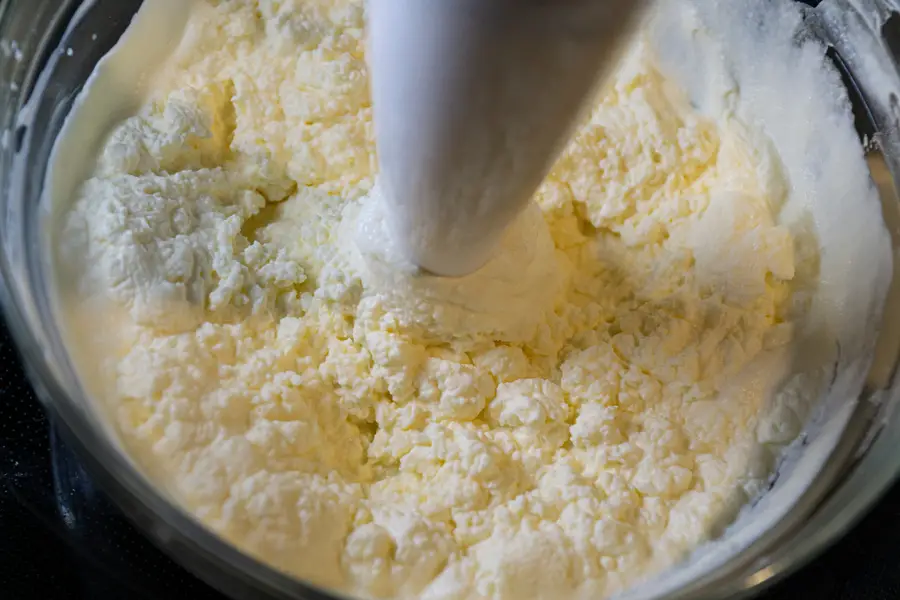
Science Concept: Physical Change and Emulsification
- By shaking heavy cream, you separate the fat molecules from the liquid (buttermilk), causing them to clump together to form butter. This demonstrates physical changes in matter and the process of emulsification, where fat molecules come together in a different arrangement.
Rock Candy
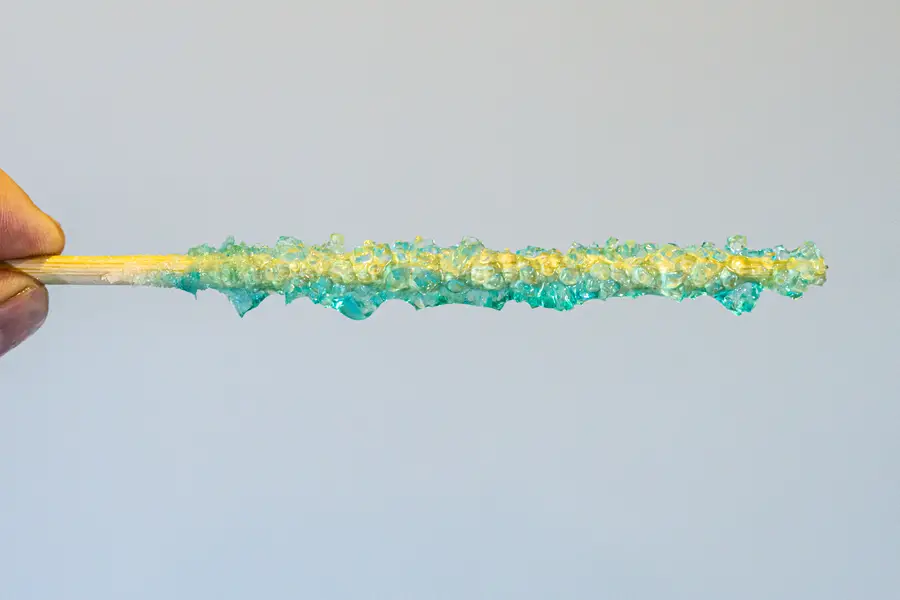
Grow your own sparkling sugar crystals and make rock candy at the same time! It’s a delicious geological journey that combines science with a sweet reward. Choose your favorite flavors and food coloring for different holidays and events! Rock Candy Crystals.
Science Concept: Supersaturation and Crystal Formation
- Heating a sugar-water solution and then allowing it to cool slowly causes sugar molecules to come out of solution and form crystals. This process demonstrates supersaturation and nucleation, where sugar molecules arrange themselves into crystals around a string or stick.
Candy Glass
Transform sugar into stunning edible glass. This experiment is a perfect blend of chemistry and kitchen artistry – a real treat for aspiring young scientists.
Science Concept: Molecular Structure and Crystallization
- Heating sugar to a high temperature causes it to melt and then cool rapidly into an amorphous solid, resembling glass. This activity demonstrates the transformation from a liquid to a solid state through crystallization and the molecular structure of sugar.
DIY Popsicles
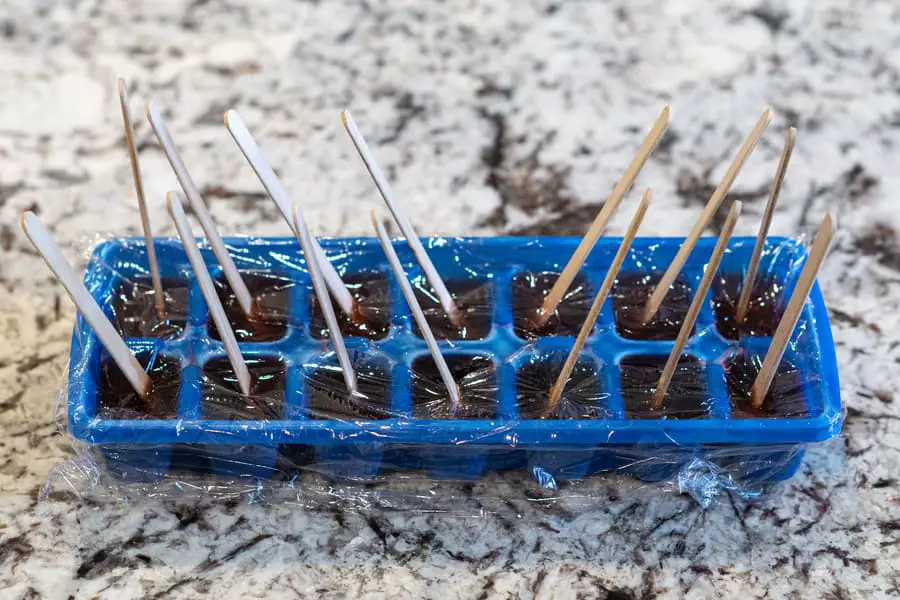
Freeze your way to scientific discovery! Learn about freezing points and solutions as you make your own delicious popsicles. It’s a cool experiment for hot days.
Science Concept: Freezing Point Depression
- Adding sugar and other solutes to water lowers its freezing point, allowing the mixture to remain liquid at colder temperatures. This experiment explores how solutions affect freezing points and demonstrates the principle of freezing point depression.
Oreo Moon Phases
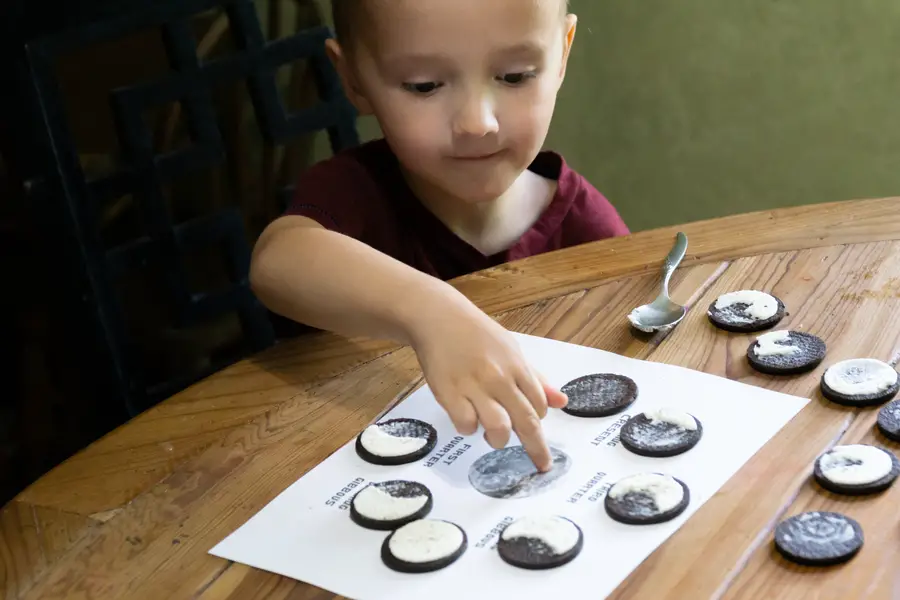
Edible science experiments are the best; especially when you’re learning about the phases of the moon with Oreos! It’s a tasty way to explore astronomy and have a little snack on the side.
Download our free printable worksheets in our Space Activities post!
Science Concept: Lunar Phases
- Observing and modeling the phases of the moon using Oreo cookies illustrates the relative positions of the Earth, moon, and sun during different lunar phases. It’s a hands-on way to understand astronomy and celestial mechanics.
Edible Layers of the Earth

Dig into the Earth’s layers with a deliciously educational experiment. Create an edible model of the Earth’s structure and slice into geology in the yummiest way possible.
Science Concept: Earth’s Structure
- Building an edible model of the Earth’s layers (crust, mantle, and core) allows kids to visualize and understand the structure of our planet. It’s a tactile approach to geology and earth sciences.
Make Igneous Rocks You Can Eat
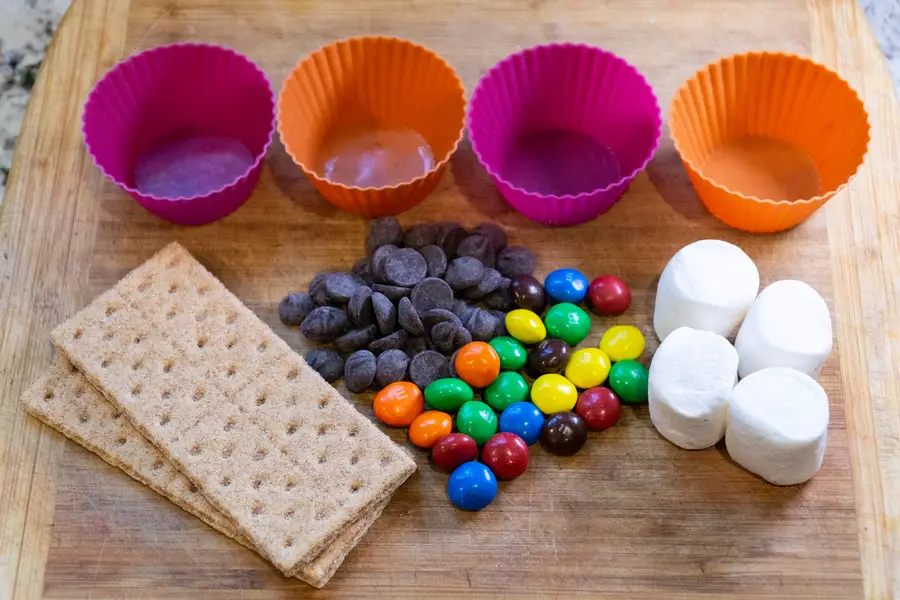
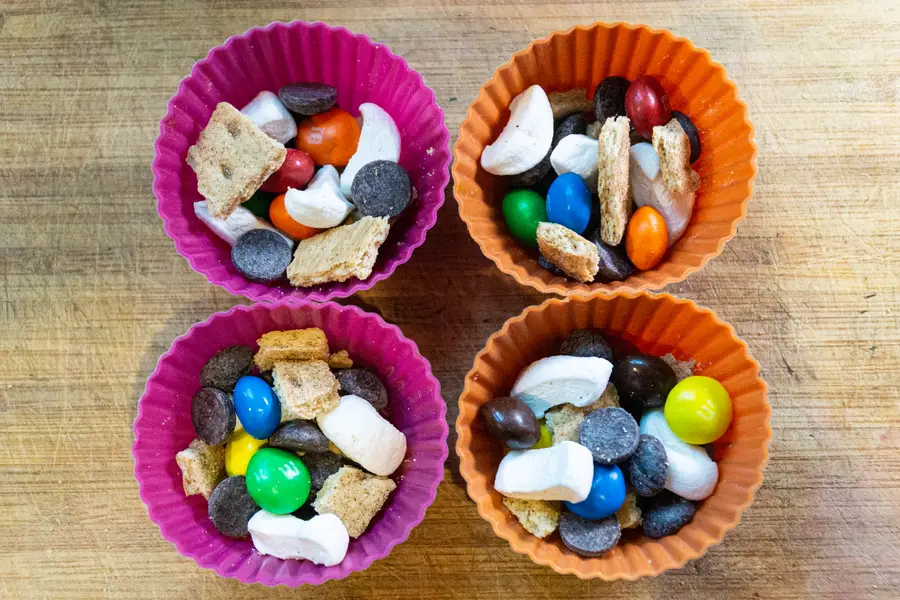
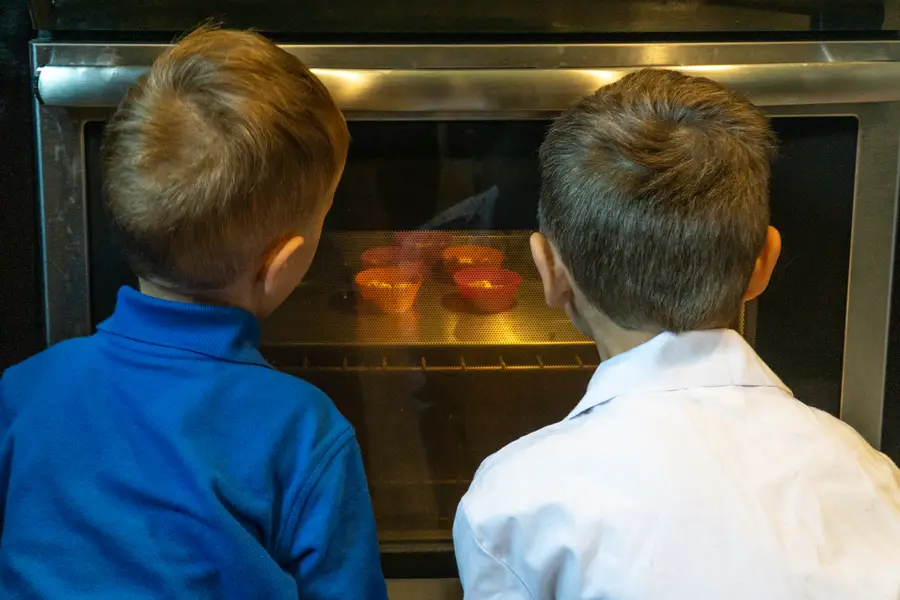
Get ready to rock with science! Baking some ‘igneous rocks’ is a sweet way to learn about rock formation and the Earth’s fiery processes.
Science Concept: Rock Formation
- By heating and cooling ingredients like chocolate or candy, you mimic the processes of igneous rock formation, where molten material (magma) cools and solidifies. This activity demonstrates how rocks are formed through geological processes.
Solar Oven S’mores
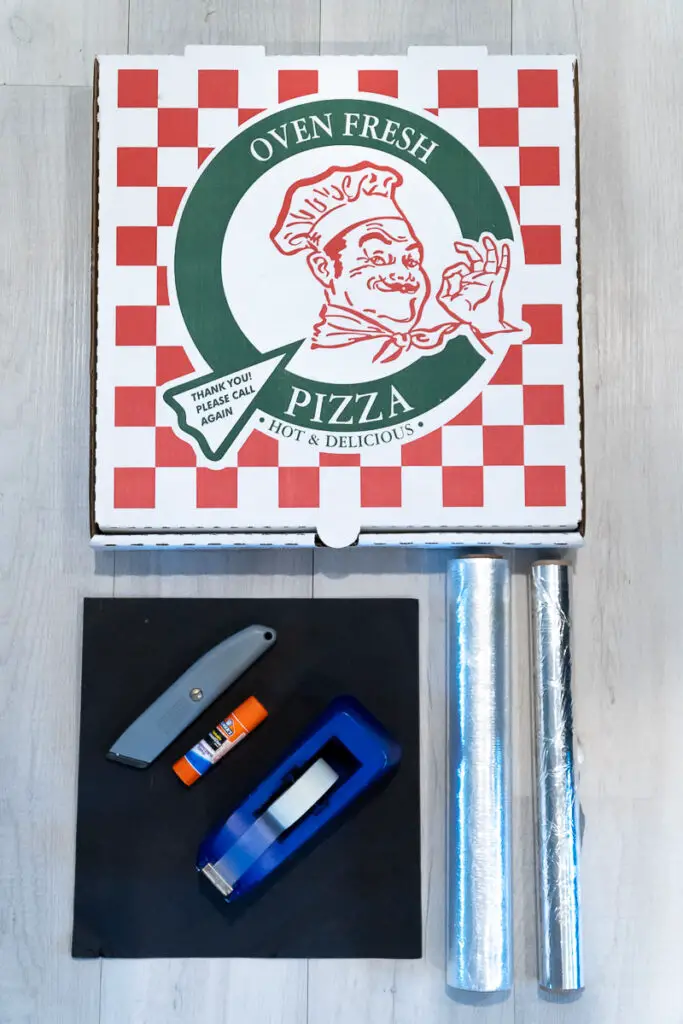
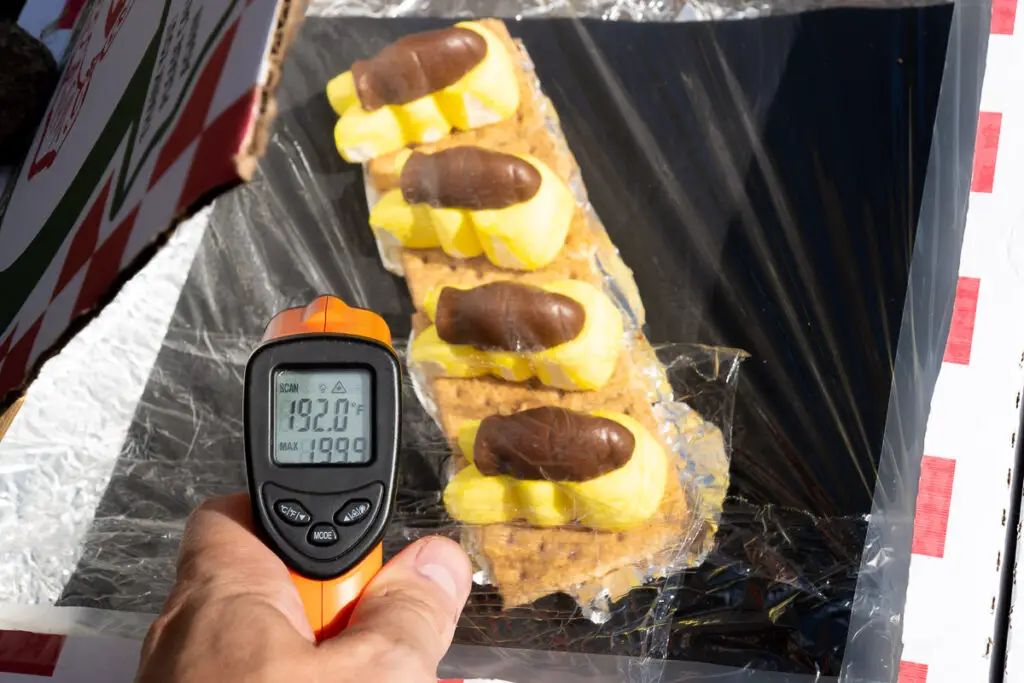
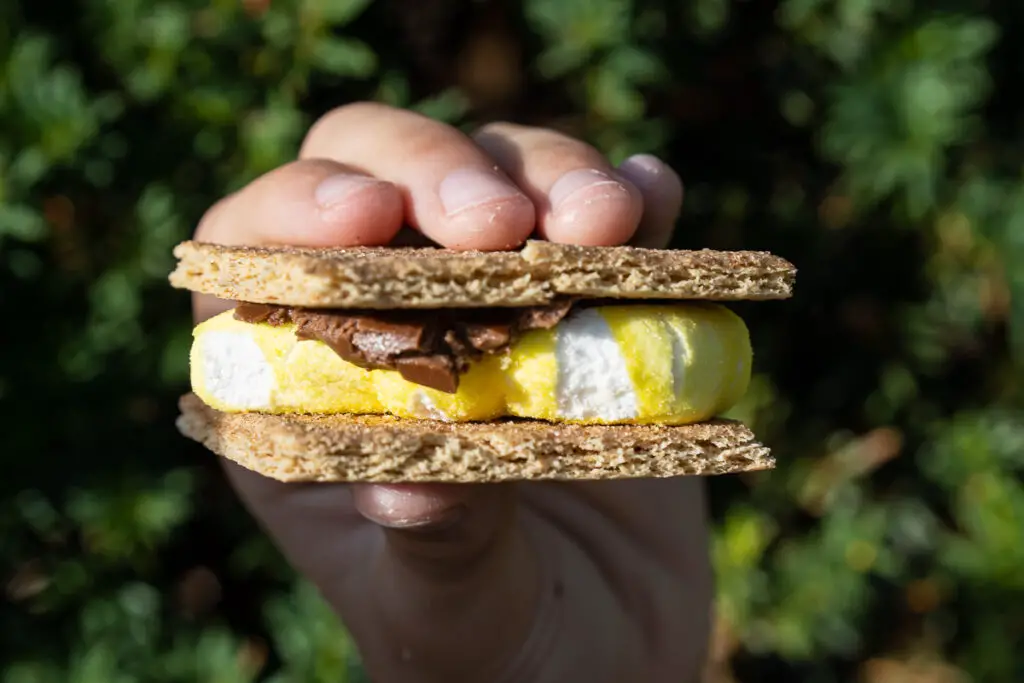
Learn how to make s’mores in a DIY pizza box solar oven! This hands-on activity is perfect for kids and adults alike, combining the excitement of solar energy with the classic treat of gooey s’mores. Follow our step-by-step guide to create your own solar oven and enjoy a tasty, sun-baked treat. Perfect for summer days, camping trips, or educational fun in your backyard!
Check our Summer science activities post for this and more summer fun!
Edible Chocolate Slime

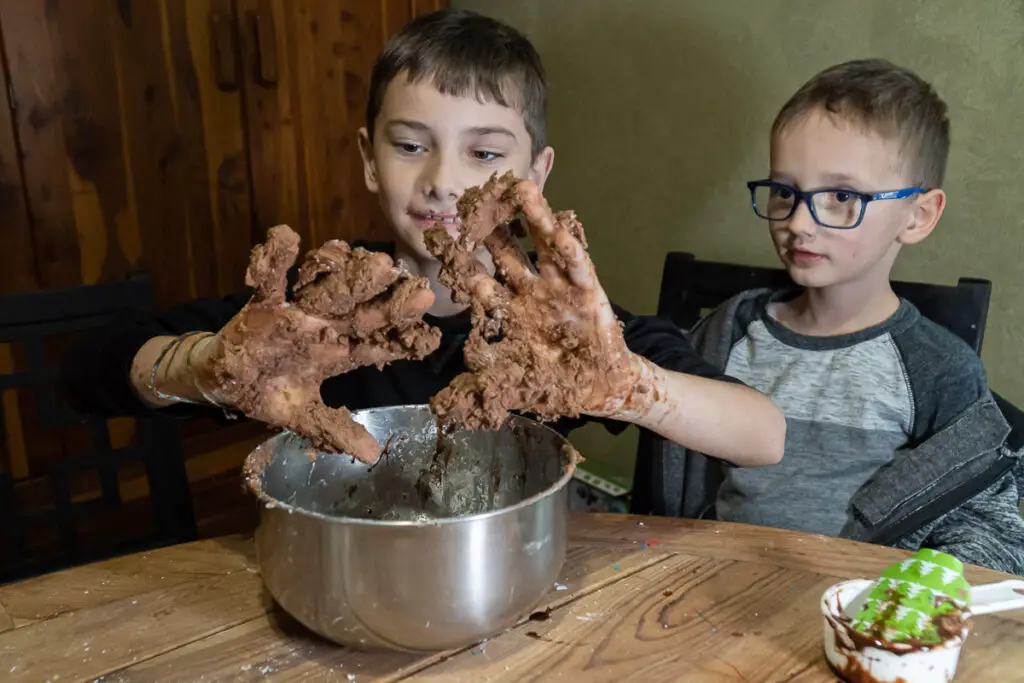
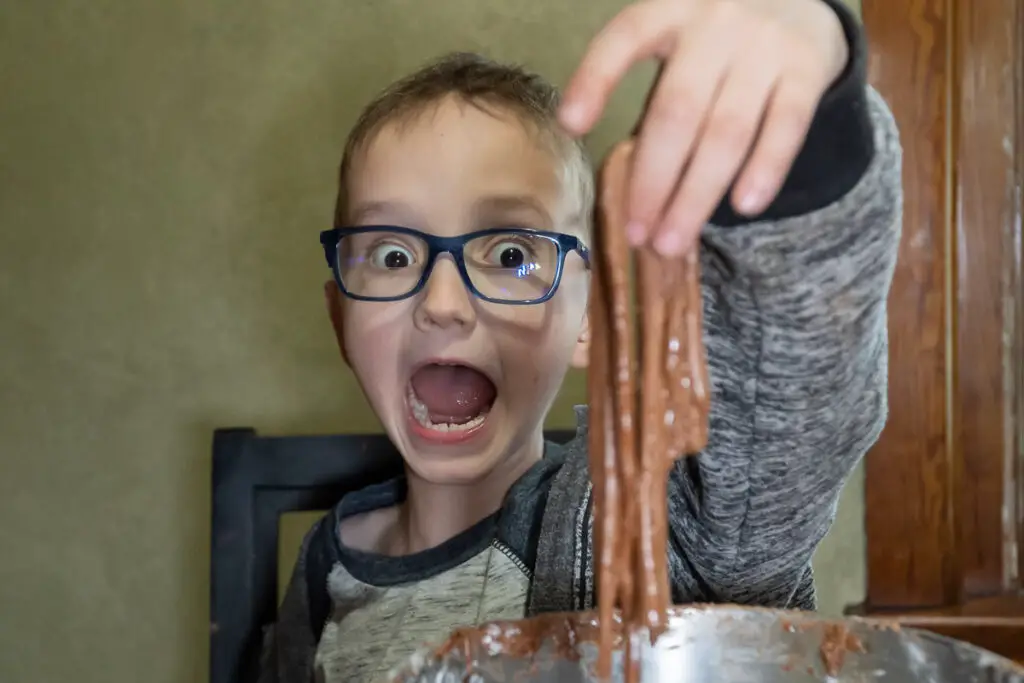
Kids love chocolate and can’t get enough of slime – why not make the best of both worlds with chocolate slime you can eat! This 2 ingredient slime is quick and easy to make for a quick activity. Bonus – you can make it look like fake poop for some fun pranks!
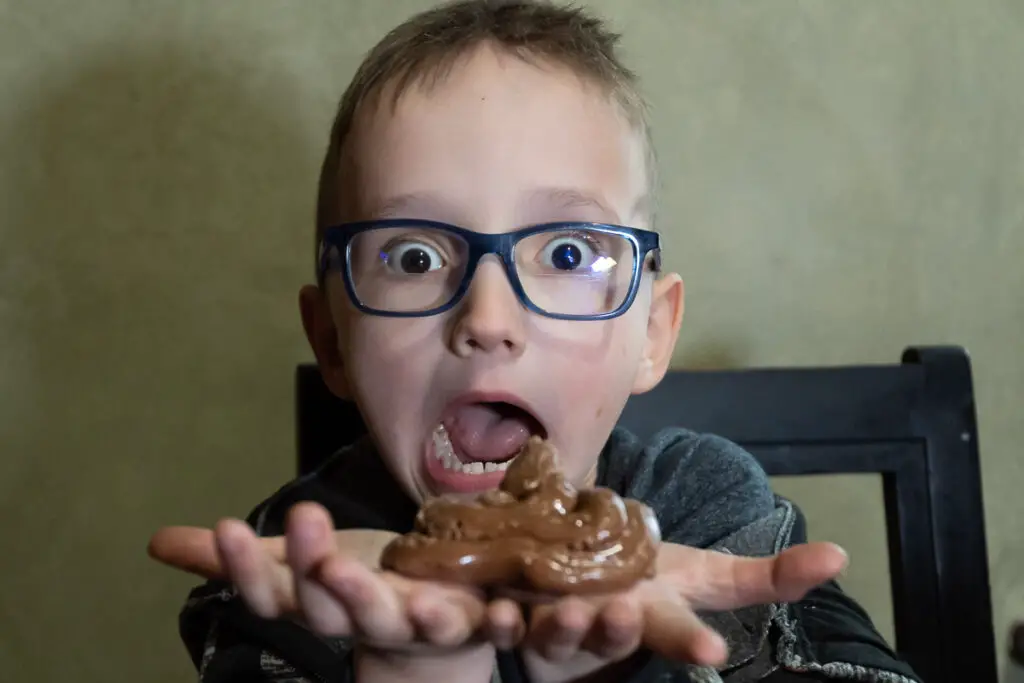
- Science Concept: Non-Newtonian Fluids
- Mixing chocolate and cornstarch creates a non-Newtonian fluid, which behaves differently under stress or pressure than it does at rest. It’s a fun way to explore material science and the properties of substances that don’t follow typical fluid dynamics.
Floating Fruit Density Experiment
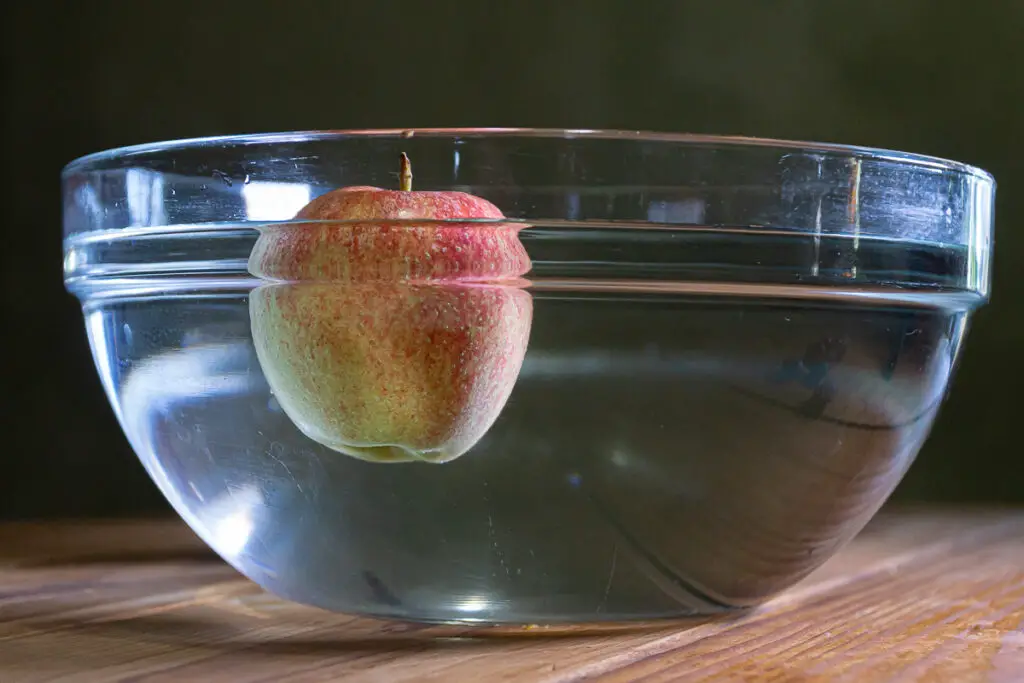
Experiments don’t get much simpler than this one! Gather different fruits and a bowl of water. Predict which fruits will float and which will sink based on their size, weight, and composition. Drop each fruit into the water one by one and observe whether it stays afloat or sinks.
Now eat some fruit!
Science Concept: Density
This experiment demonstrates the concept of density, which is the mass of an object per unit volume. Fruits with lower density than water will float because they displace enough water to support their weight.
Those with higher density will sink because they are heavier than the water they displace. Factors influencing density include the fruit’s composition (solid or porous), size, and weight.
This activity helps children understand how objects interact with water based on their density, offering insights into physics and properties of matter.
Wrap Up – Science Projects You Can Eat
Pin it:

Kids love to play with their food, and we can let them do it in the name of Science! Why not turn their passion for food into a learning opportunity with these edible science activities and fun experiments for kids.
For more check out our kitchen science experiments and food science experiments!

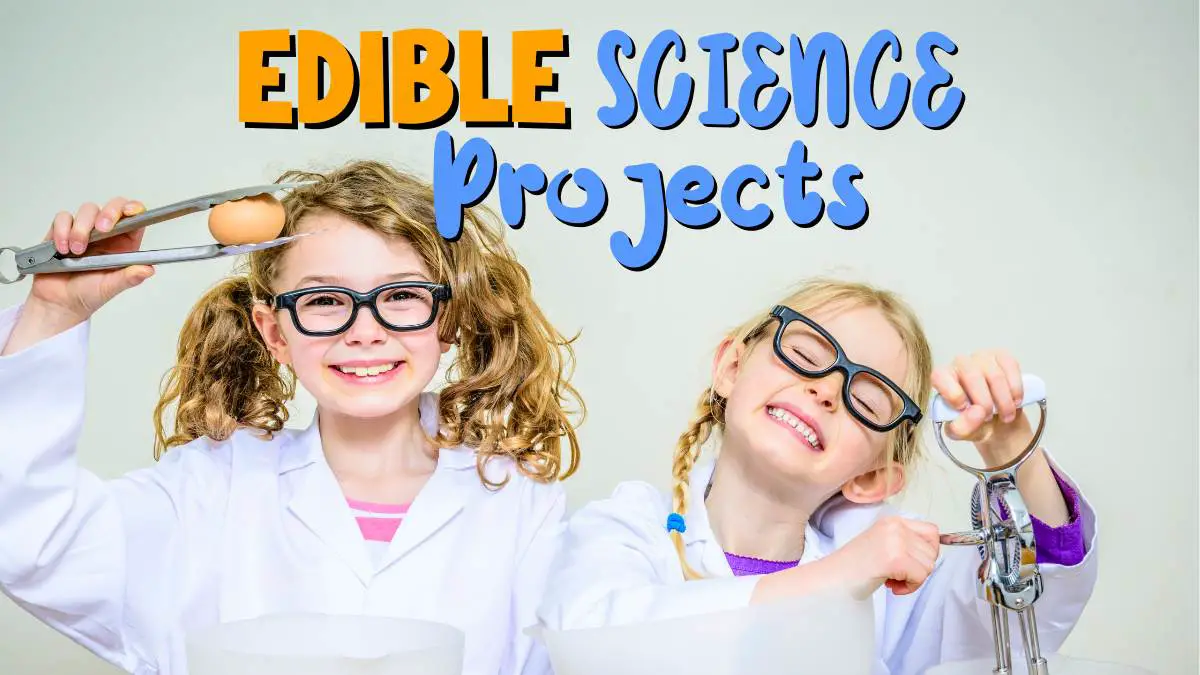
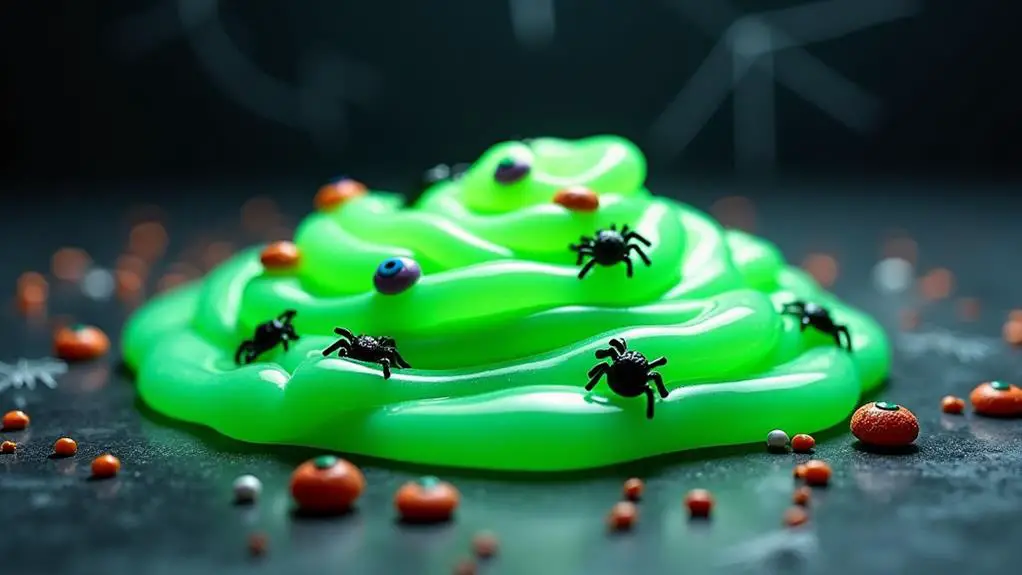
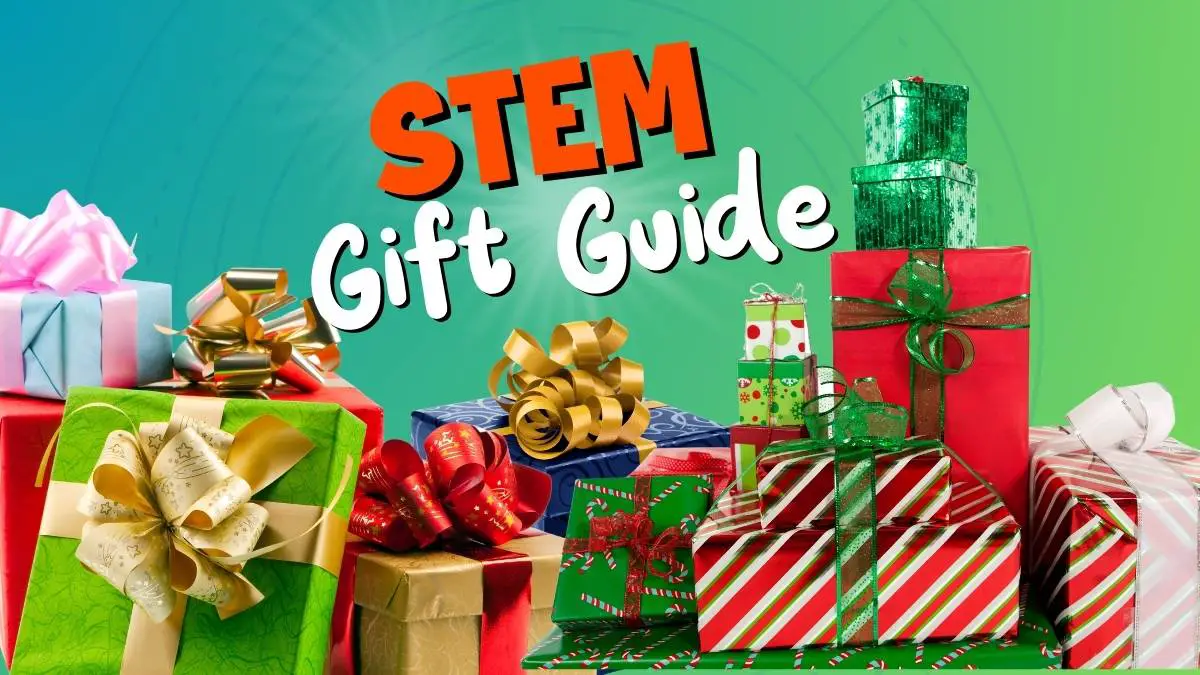
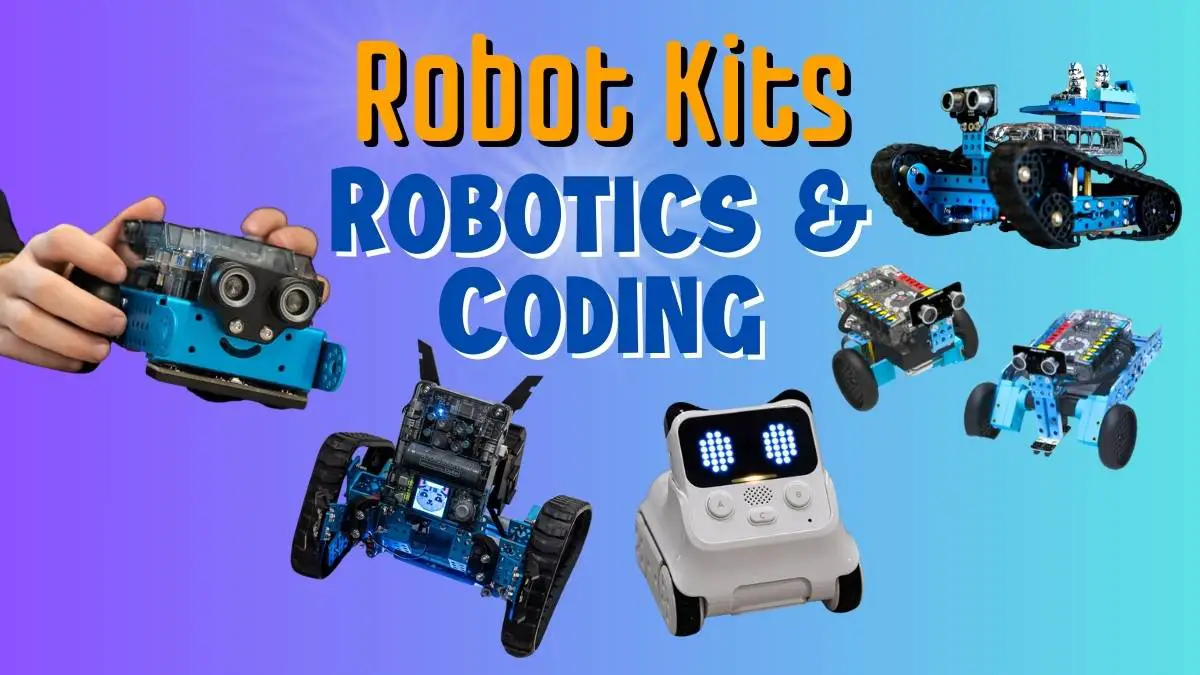
3 responses to “Delicious Discoveries: Edible Science Experiments for Kids”
You have a special way with words.
It’s rare to find such thoughtful and well-researched content, excellent job.
Your perspective adds significant value—well done!